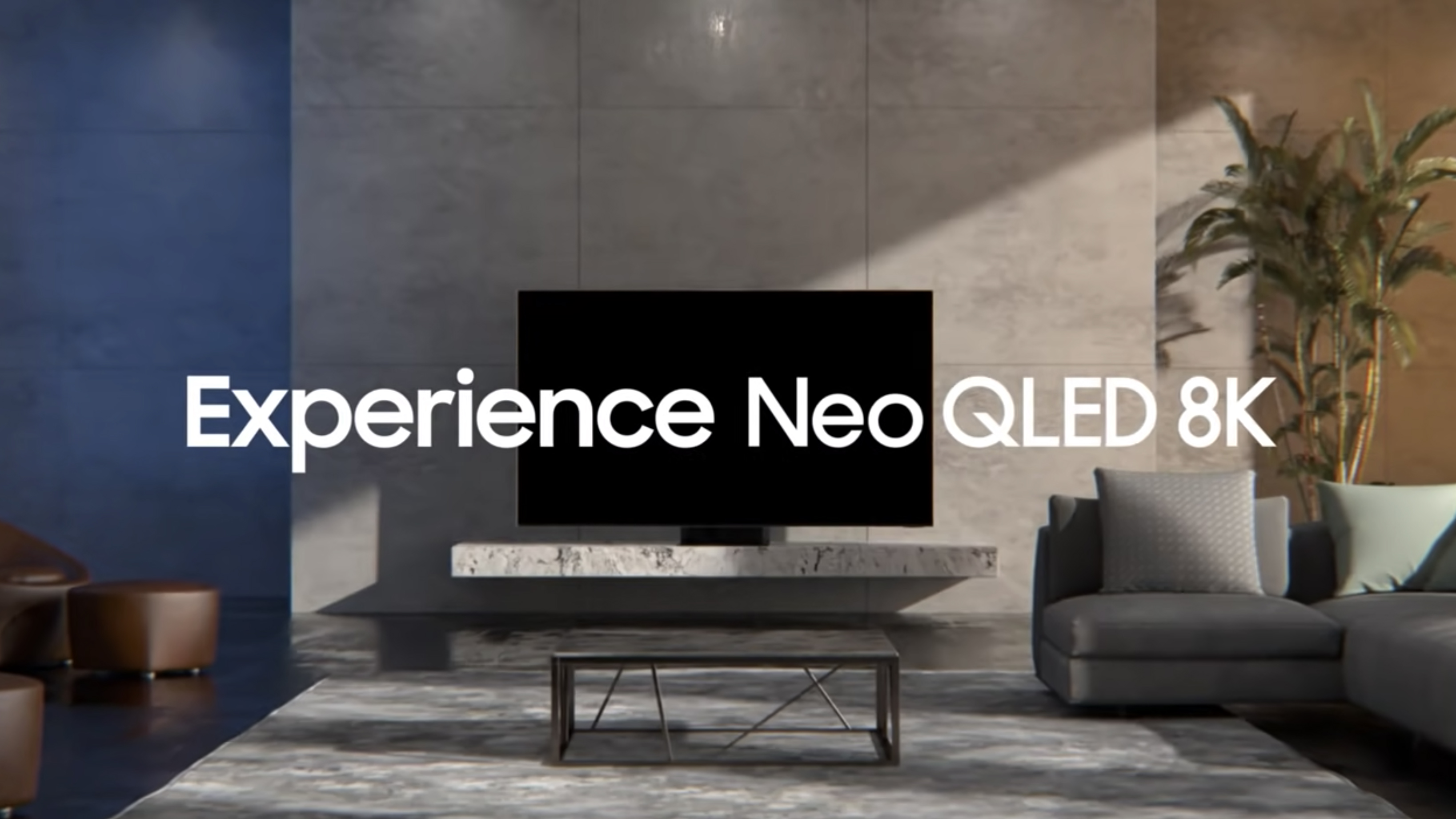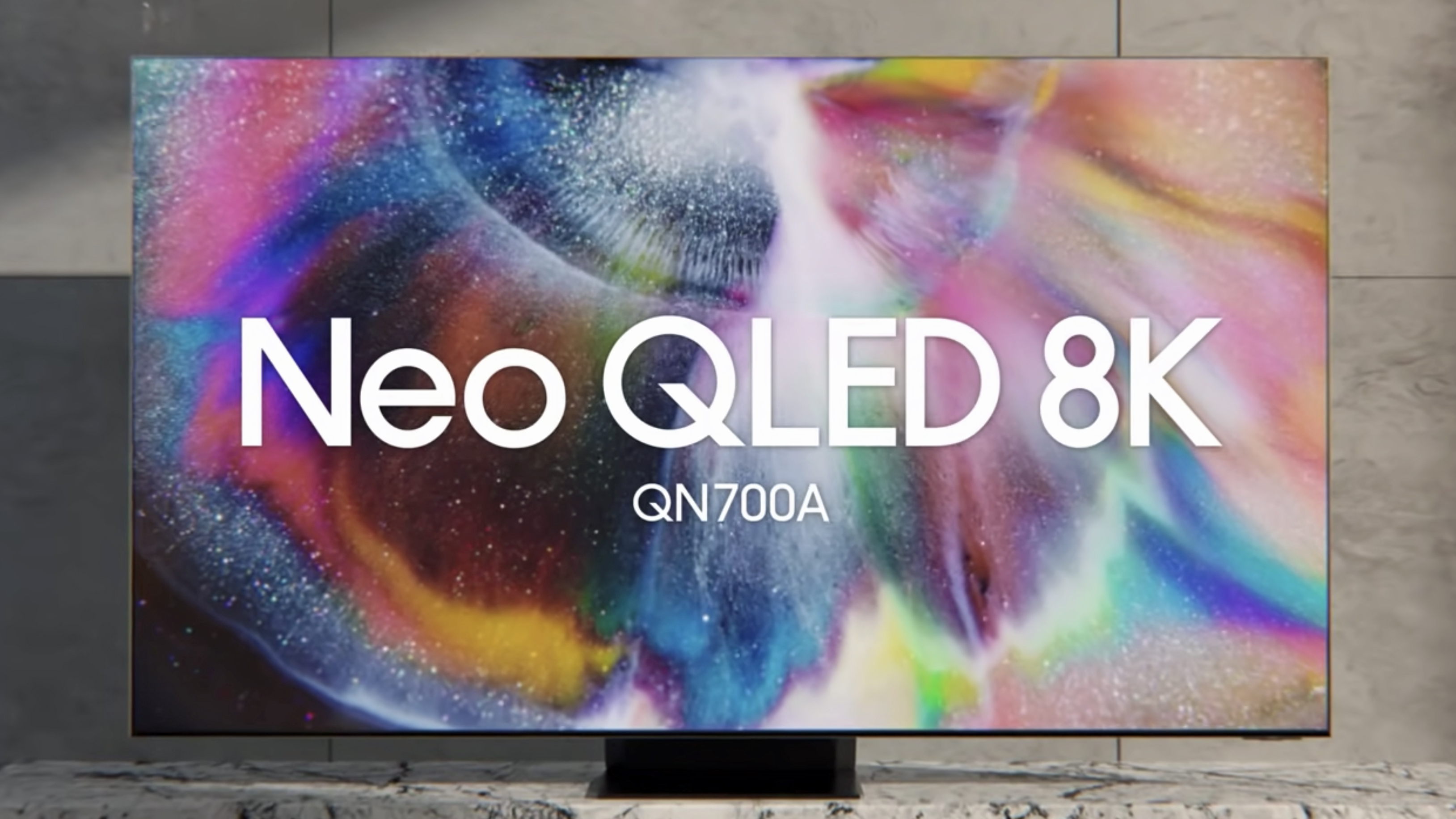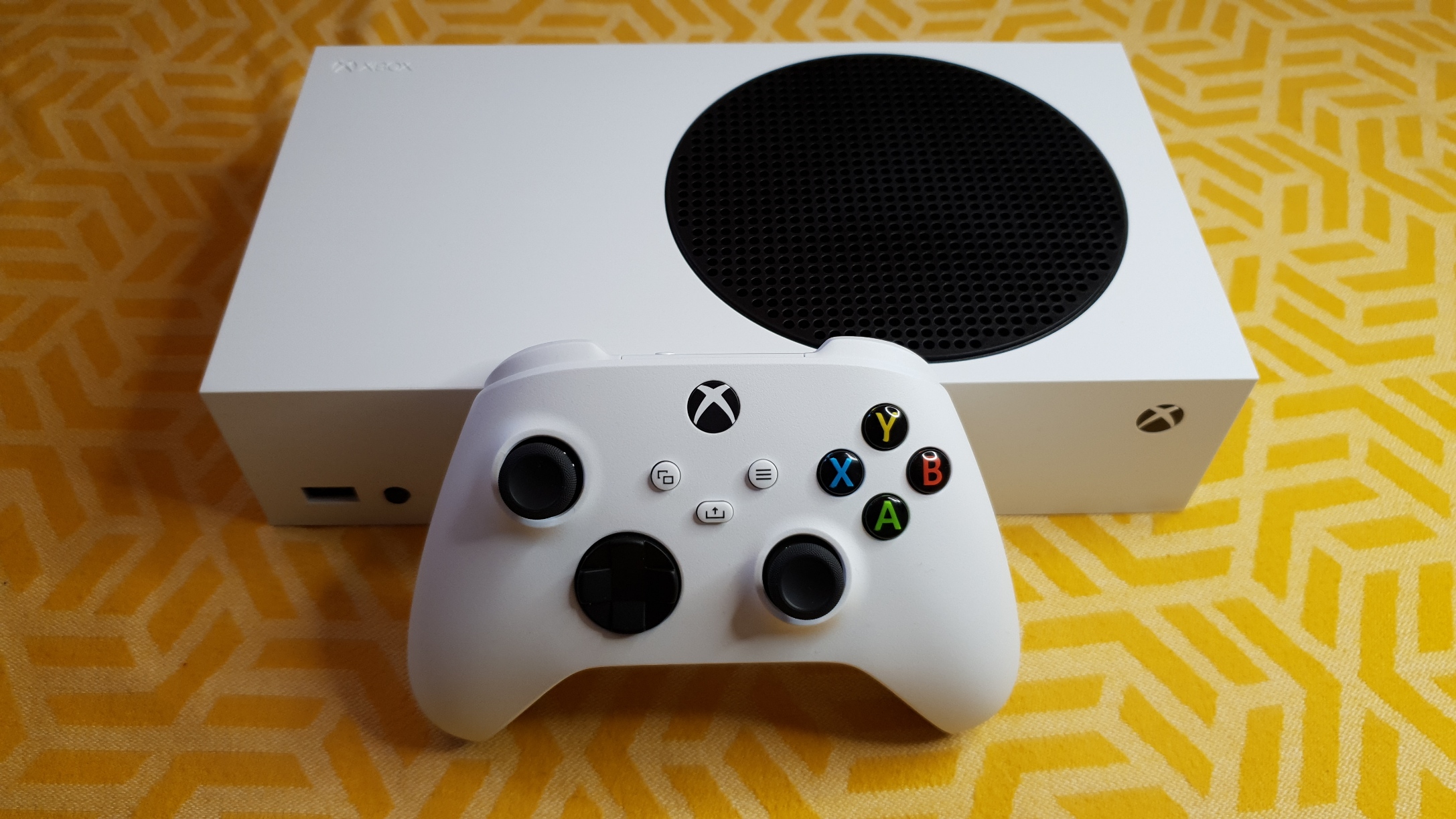What is 8K resolution?
What is 8K resolution? This high-spec resolution is appearing in more and more TVs these days, acting as the flagship technology for many TV brands such as Samsung, Sony, and TCL.
We're seeing more 8K TVs than ever, with 8K models having tripled in number over the past year, and even 8K projectors starting to appear, it's clear that the technology is gaining steam, even if it doesn't yet feel as widespread or necessary as regular 4K resolution.
It's increasingly the case that 8K resolution is paired with other premium formats and technologies, such as OLED, QLED or QNED (yes, they're all different words), but the day will soon come when 8K becomes more of a mid-tier proposition that it is right now, and prices are dropping all the time.
So for those intrigued by the resolution tech of tomorrow, what does 8K actually mean? And does it really offer an upgrade over existing TV screens? Read on for everything you need.
- Check out the best 8K TVs available today
What is 8K resolution?
8K is nothing short of the clearest picture you’re ever likely to see. It’s got four times more pixels than 4K images, measuring 7680x4320 pixels, which equates to a total of 33,177,600 pixels.
In a 65-inch screen they are so small you won't even be able to make out the pixel structure – though many 8K TVs are much, much larger. 85-inch TVs, anyone?

Why is it called 8K?
It’s called 8K because the images are roughly 8,000 pixels wide, give or take a few hundred, but the specification also comes under the umbrella term Ultra HD, so some people use the term Ultra HD 8K. Others still call it 8K Super Hi-Vision, such as NHK – Japan's largest public broadcaster – which invented it back in the year 2000 and branded it in 2012.
What's the 8K Association?
Over the coming years, you can expect to hear more from the 8K Association – a community of TV makers that include Samsung Electronics, Panasonic, Hisense, TCL, and AU Optronics.
This association was set up to guide the visual standard of the future, and has set up a new 8K standard to ensure consumers know they're getting minimum specs suited to the high-resolution panel (even if LG goes by slightly different measurements).
Other TV-tangential companies, such as Tencent, Xperi, Intel, and Chili have also joined the 8K Association, showing an expanded desire by technological organizations to invest in (and shape) the development of the advanced panel resolution.

Are there different kinds of 8K?
LG has released a range of 8K TVs a year after they were first announced (we'll cover those later), but the interesting thing is LG claims competitors don't offer the same experience as LG's real 8K.
So what's this argument about "real 8K"? Well, LG is citing the Information Display Measurements Standard (IDMS) for pixel differentiation, arguing that 8K TVs shouldn't just be defined by the number of pixels they have (7,680 x 4,320), but also how well the TV panel can distinguish / contrast between those pixels. If those tiny self-emissive dots start to merge the brightness or colors of their output, then there's little point in having so many.
LG claims its new 8K TVs achieve this Contrast Modulation (CM) "in the 90 percent range", leading to what it calls "real 8K". (The IDMS standard only requires 25 percent for images, or 50 percent for text.)
These claims came only a day after the 8K Association, an organization for encouraging the adoption and development of 8K, with members including Samsung, Panasonic, Hisense, and TCL – though notably not LG – set out its own standard for 8K TVs. Its mainly sensible stuff, such as HDMI 2.1 ports, high enough frame rates, 8K resolution, and a minimum 600 nits peak brightness, but no mention of the Contrast Modulation measurement used by LG.

So what 8K TVs are on the market?
At CES 2021, a number of new 8K TVs were unveiled, but we were particularly interested in announcements from Samsung and LG.
At the expo, we got an early hands-on with the Samsung Neo QN800 8K QLED TV, which we've dubbed the first 8K television for many early adopters.
We've since reviewed one of Samsung's most exciting 8K offerings, the Samsung QN900A Neo QLED 8K TV, which is the brand's top-of-the-line TV for 2021.
From LG, CES 2021 saw the release of two new 8K TVs, the LG Nano9Z QNED 8K TV, which is this year’s highest-spec ‘QNED’ television, as well as the LG Nano9X QNED 8K TV, which cleaves close to the Nano9Z, as a QNED / MiniLED 8K TV, but makes do with a 60Hz panel rather than 120Hz. For more on these new TVs from LG, visit our LG TV 2021 guide or check out find out more about the LG QNED TV range.
It's also worth checking out TCL's range, including the TCL Mini LED TV with 8K and AI learning, as well as this TCL’s new X-Series TV that has an 8K resolution, uses AI learning, has a retractable camera and supports augmented reality content. Yep, you read that right. It also has a ‘duo-display design’ that ‘allows viewers to enjoy a mini-screen independently’.
Prices have been dropping, with entry-level 8K sets costing as much (or as little) as a high-end 4K TV.
Does an 8K TV need HDMI 2.1?
Yes, if you're hoping to passthrough 8K content from a Blu-ray player or games console at a max 60Hz.
However, with no 8K games around yet, or 8K Blu-rays, the HDMI 2.1 standard is still waiting to be useful for 8K sets, beyond allowing for 4K resolution at 120Hz from source devices.
Are there 8K projectors?
Yes! 8K projection is nowhere near as common in home cinemas – though it is often used in actual cinemas – but some players are looking to release them to market.
In mid-2021, JVC teased a next-gen laser projector with 8K resolution and HDR support; while we don't have a name or release date yet, you can take a sneak peek in the teaser trailer below.
What about 8K gaming?
The arrival of the PS5 and Xbox Series X will have many asking whether 8K games are on the horizon, given the consoles' HDMI 2.1 ports technically allow for 8K/60Hz passthrough.
We're not holding our breath, given that native 4K gaming is still something of a rarity, and will likely take a few more years to become the norm for home console games. (The Xbox Series S still makes do with upscaled 4K, while the Nintendo Switch doesn't get anywhere near it.)
8K isn't necessarily the end goal for gaming either. Many would argue that a fast refresh rate (120Hz) is more important, ensuring that gameplay feels smooth and the picture isn't clipped or torn during busy visuals.
- Read up on how 8K will impact the future of gaming

Will we ever get native 8K content?
One of the main criticisms levelled at 8K is that there's little-to-no 8K content, meaning 8K hardware relies on upscaling HD or 4K sources.
However, there are a few places native 8K content is starting to stem from. The first is Hollywood, whose directors have begun to use the new RED Weapon 8K camera (Guardians of the Galaxy Vol. 2 has already been filmed this way in 8K).
And with the advent of truly commercial 8K TVs, there's sure to be a growing market of 8K content from all sorts of traditional TV production studios.
Samsung has partnered with a number of streaming services across Europe – including CHILI, MEGAGOGO, and The Explorers – to start displaying 8K HDR10+ content.
Lastly – and perhaps most tellingly – 8K content will come from all of us. 8K capture from 360-degree video cameras is already offered by the GoPro Omni VR and Insta360 Pro.
"Talk to the VR guys and they're tell you that the higher the resolution and frames rates, the better," says Jeff Park, Director of Marketing at HDMI Licensing, whose new HDMI 2.1 permits 8K image transfer. "VR today looks good but it lacks fidelity … if it was affordable and practical, they would do 8K now," he says. 8K-per-eye VR headsets, anybody? They're surely in the pipeline alongside a wider field of view.
But, in the interim, it'll be advanced upscaling processors that will take full HD and 4K content and make them ready for the 8K big time, redefining the sharpness possible from existing sources.
8K TVs aren't likely to feel like necessary purchases for a while yet, but there's already enough content on the horizon for us to expect a bright future for the high-def technology.
- Check out our full guide to 4K if you want to catch up on a more current resolution
Contributer : Techradar - All the latest technology news https://ift.tt/3mYlT27

 Reviewed by mimisabreena
on
Saturday, August 14, 2021
Rating:
Reviewed by mimisabreena
on
Saturday, August 14, 2021
Rating:















No comments:
Post a Comment